#153 Beginner’s Guide To Running
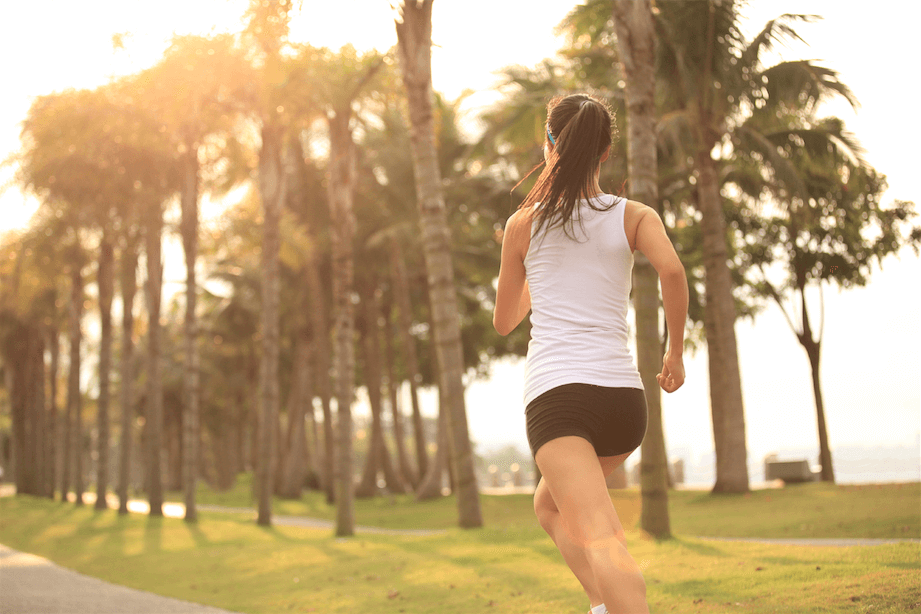
Running has never been something that I have been naturally good at. Back in my early 20’s I could only run for about 2 minutes before I felt like I was going to die. But I have done a lot of running since then and feel like I have a good handle on how to improve both your running and cardio fitness. Here is my beginner’s guide to running.
Why I Love Cardio
When I say love, I mean kind of like love / hate. I love how I feel after a run – sweaty and absolutely amazing! I also love the way my body looks when I run (which is different to a lot of people, I know!). But I definitely lean out more and my legs slim down with running. Most personal trainers don’t recommend cardio or running, but I think it is important for females to include this type of training. Running and walking form a major part of my 3 Steps To Skinny Legs ebooks. Find out more about them here!
When I first started running, I HATED it. It was so hard for me. But the more you do it, the better you get, and the more you enjoy it. Now I truly do enjoy going for a run. But I still have those days when I just don’t feel like it. Anyway, if you are like I was and you hate running, there is still hope for you yet!
Why Running First Thing In The Morning Is Tough
When I first started running more, I noticed that it was so much harder for me to run in the morning compared to at night. But I didn’t really think much about it. Now after studying fitness and nutrition I know the reasons. So I just thought I would share because I’m sure it happens to a lot of people too.
The main fuel source your body uses during a run is glycogen, which is stored in your muscles. You get glycogen from carbohydrates. So if you haven’t eaten anything in the morning and you go for a run, you will have less glycogen to provide your muscles with the energy.
Similarly, if you are eating low carb (like I was), you will have even less glycogen so may fatigue quicker. Your body can however make it’s own glycogen (from stored fat) so that is why cardio on an empty stomach will help you burn more fat. But it will be tough.
I recommend doing power walking first thing on an empty stomach, rather than running. This type of activity already burns more fat (read more here), and doing it on an empty stomach will mean you burn even MORE fat. Keep running for later in the day so you can perform better.
Don’t Go Too Hard Too Soon
Again I have made all of these mistakes. The reason that I could only run for 2 minutes at the start was because 1) I was unfit, and 2) I was running way too fast. When I actually slowed down to a jog, I was able to run for longer.
When you first start out, jog slowly. If you can only jog for 5 minutes before you need to walk, that’s fine! Jog for 5 minutes, walk for a few minutes to catch your breath, jog again for as long as you can, walk, jog, etc. Eventually you will get to the stage where you can jog for 10 minutes without stopping, then 15 minutes, and so on. Once are you able to run for a consistent 20 minutes without stopping, this is when I would work on increasing your speed.
Another mistake that I have made and that I see lots of other girls make is running too frequently. Three times per week is a great amount of running to aim for. There is no need to run every day. Running is quite tough on your joints so running every day could do some damage.
And last mistake – is trying to run too far. I was at a stage where I was running 4-5kms pretty easily and then decided to sign up for a 10km run 4 weeks out. I jumped up to running 10kms and seriously couldn’t walk properly for about 1 week – my calves were SO sore and tight. I should have 1) given myself a bit more time, and 2) increased my distance incrementally rather than jumping from 5kms to 10kms.
Warm Up, Cool Down & Stretch
I know you probably hear all the time how important these things are, but if you’re serious about your training, you will make them part of the program. Before every workout, whether it is running or weights, warm up is absolutely vital to avoid injury. Your warm up before a run does not need to be anything crazy. I start with a walk and then a slow jog. Other great ideas are some high knee runs and leg swings.
After your run, spend a bit of time bringing your heart rate back down. I always finish with a walk. If your goal is to burn more fat, then the longer you can walk after an intense workout, the better. If I’m doing an hour of cardio, I will usually spend 10 minutes on the warm up, 20 minutes running and then 30 minutes walking.
And afterwards, make sure you stretch! Read my blog post on stretching here. This will prevent you from being sore! It will also help with recovery and preventing injury.
If you have any questions about running, feel free to ask! :) xx
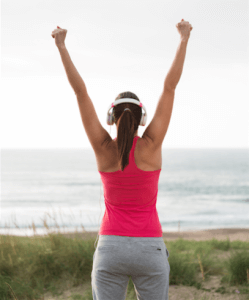
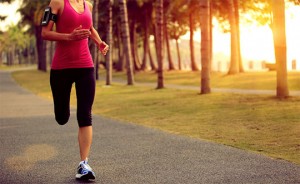
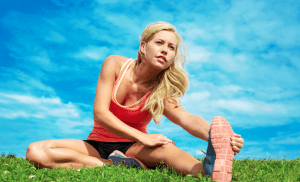



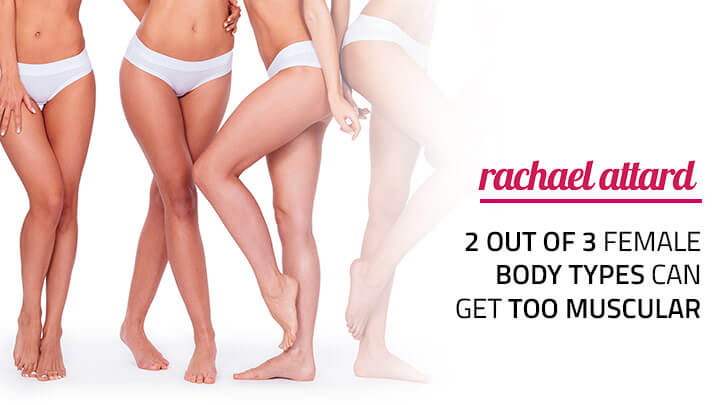


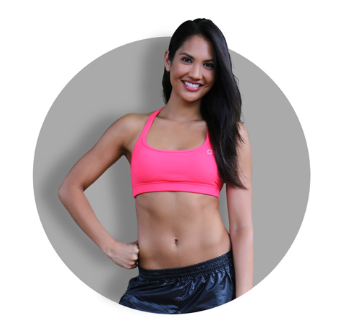
Hey team Rachael,i’ve doubt about place running and calves bulking-actually I place run three times a week,19 y/o and mesomorph. I’m starting to feel my calves getting thicker and bigger,you think I should stop place running?
Hi lovely,
thanks for reaching out! <3
Calves are a bit tricky because genetics is a big factor. Rachael often gets these questions so she wrote a very detailed blog post about it.
I think you’re going to find it very helpful :) You can find it here.
I hope this helps! xx
Love,
Sanja
Hello, in my case I have been running 30 min twice a week and the injuries have appeared. I have never run since I was little, but I have been running very slowly according to my physiotherapist, that coupled with the fact that I still have a weak posterior tibial, does not help. She has recommended running faster and less travel. Do series, to see if this helps me avoid damage.
Hey lovely,
Thanks for reaching out :)
I suggest you take your physiotherapist’s advice for some time and see if it works, but be sure to be sure you warm up before the workout and stretch after. If you still feel pain after running, it may be good to hear a doctor’s opinion as well.
Also, If you have a weak posterior tibial, I would recommend you do exercises that focus on getting your core stronger.
Love,
Sandra
Hey there! I was an avid runner but stopped because of some injuries. I was wondering which type of foot strike would be best. I am currently using heel strike but it is sometimes painful on my heels and calves. Also, I read somewhere that the way you run affects muscle build up in you legs. How should I be running if I want to avoid building up calf muscle (which happens a lot when I run)
Hi lovely,
I think a midfoot strike would be the best to prevent injury and overly muscular calves. I would definitely recommend wearing supportive shoes (if you don’t already). You could also power walk instead – that would be the best option if your legs get bulky from running! xx
Love,
Diana
Thank you for replying! But there are various definitions for mid foot strike. One of them is landing on the balls of the feet but relatively nearer to the arch of the foot, and another is landing simultaneously on both the balls of the feet and heel. It would be nice if you could suggest a video or tutorial for running posture. Thanks a lot! I really appreciate it as everyone has different opinions on foot strikes but I’d trust yours!
You’re welcome lovely! :)
It would be the best to run by landing in the middle of your foot as much as possible and not put too much pressure on heels or toes.
If you find that you are getting shin splints or other injuries from running, getting orthotic supports will really help. A lot of shoe shops will analyse your walking/running gait and will then give you a shoe with the right support. I would also suggest seeing a podiatrist who will give you orthotics to specifically suit your foot – they are amazing! xx
Love,
Diana
Thanks again! I’ll definitely give it a try!
Hey Rachael,
First off, love your blog! I was wondering how you feel about the elliptical? I like how its not rough on my joints but does it burn just as many calories as running? What’re the Pros and Cons of doing the elliptical verses running?
Thanks!
Hi Allison, thank you so much! The elliptical burns the same if not more calories than running. The main difference is that the elliptical uses your quads more so may contribute to an increase in the size of your quads compared to running. They’re both great exercises but running is better for slimming your legs xx